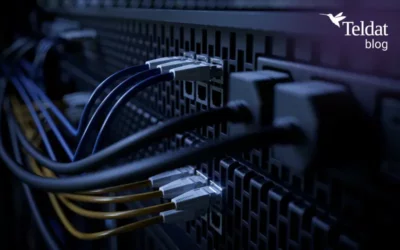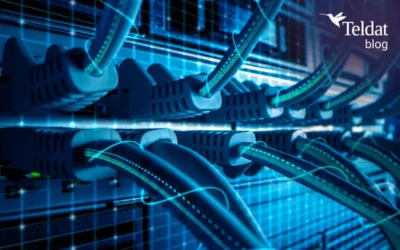SD-WAN Controller
FAQs
1. What is and which are the functions of the Controller?
2. Does the Controller support multitenant?
3. Which is the support of high availability, scalability, and redundancy in the Controller?
4. What happens if the Controller or its connectivity to the network goes down?
5. Is the Controller a service or a product?
1. What is and which are the functions of the Controller?
It is the control point for the SD-WAN. Broadly speaking, it could be said that its functions are 3: a) houses the data model, b) shows a graphical user interface to access / modify the data model and c) synchronize the data model with the network devices.
2. Does the Controller support multitenant?
Yes. Controller is an element of Cloud Net Manager 3.x (CNM), and as such, multi-tenant is supported. There are 2 multitenant levels supported, at service provider level and at the customer level.
3. Which is the support of high availability, scalability, and redundancy in the Controller?
Controller and CNM are build using microservices (based on kubernetes technology), which provides natively high availability, scalability and redundancy.
4. What happens if the Controller or its connectivity to the network goes down?
It would not be possible to apply configuration changes to the network, but the service will not be affected since each device has its copy of the data model and can work autonomously.
5. Is the Controller a service or a product?
Both. Controller is an integral element of CNM3. CNM3 is the Teldat management platform that could be used in service mode (SaaS) or product mode. In the first case, the infrastructure is in a public cloud (Microsoft cloud) and is maintained by Teldat, while in the second case, it runs in a virtual machine in the customer’s home environment (VA, Virtual Appliance). In both cases, license for devices to be managed are required.
Read our latest Blog Posts
On-board railway technology developments focusing on AI
In most productive sectors, artificial intelligence (AI) has become a key in transforming processes and optimizing business resources, making them more agile and efficient. This path towards modernization revolutionizes our life habits, as well as the technology...
About VLANs on Switches
Continuing the series of blogs posts on the most representative technologies to consider when selecting switches, this time we look at VLAN technology. VLANs arose from the need to isolate different stations operating on the same physical local network. In addition,...
The Spanning Tree algorithm in Switching: a link between reliable and efficient networks
In the boundless realm of telecommunications, making sure networks run efficiently and undisturbed is crucial. Today, we are going to focus on the fascinating Spanning Tree algorithm (STP) and its relationship with switching. We will find out how this unsung hero...
























